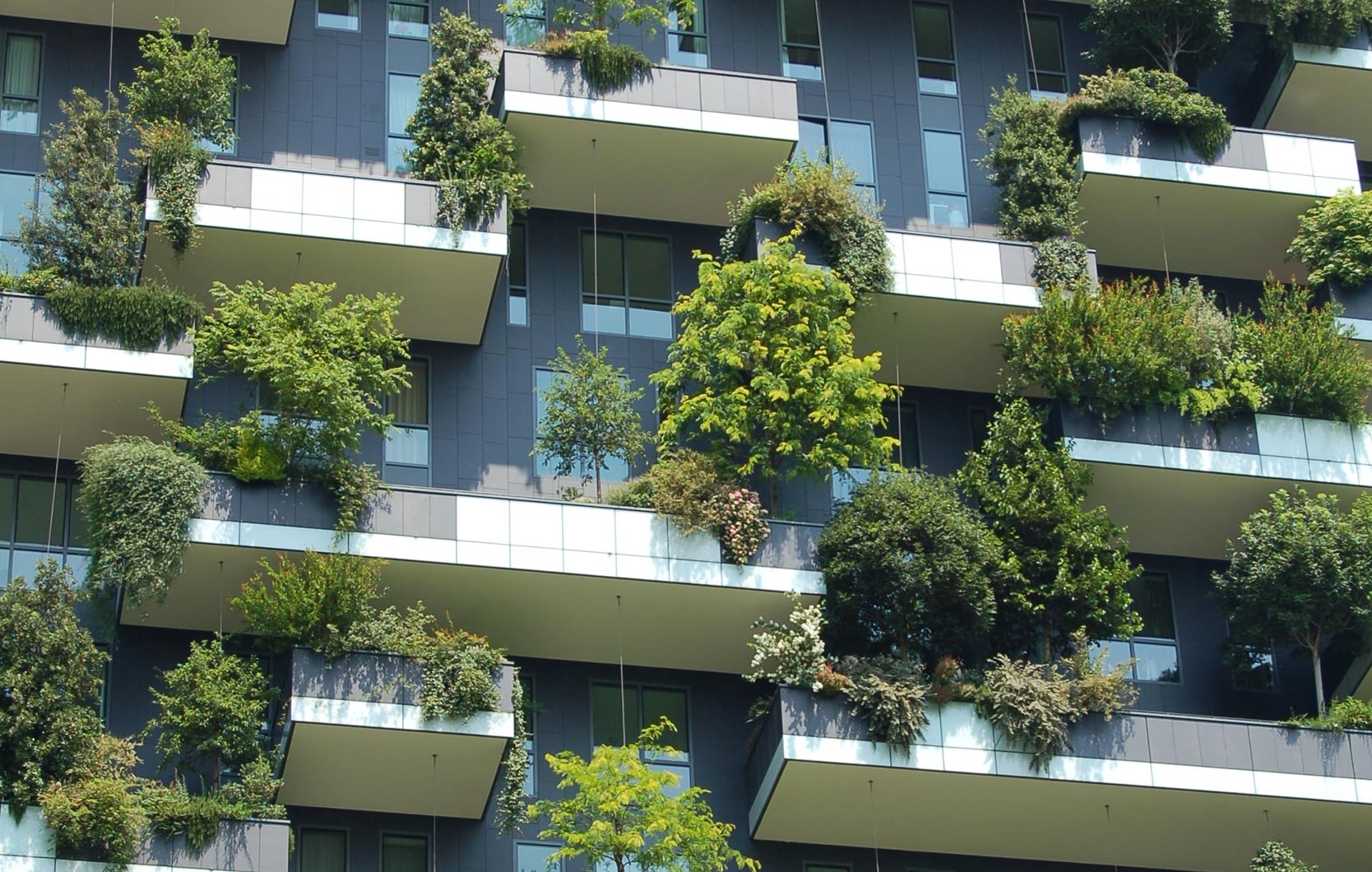Choosing the Right Path: Green, Traditional, and Energy-Efficient Buildings
Read latest blogs and articles from Housystan

The Information mentioned here was last updated on:
28/12/2025When it comes to constructing or renovating a property, understanding the differences between green buildings, traditional structures, and energy-efficient designs is crucial for homeowners, investors, and businesses. Whether you are located in New York, Los Angeles, Chicago, Houston, or any other city across the United States, making an informed decision can impact your property value, utility costs, and environmental footprint. This guide explores the key distinctions and benefits of each building type, helping you choose the path that aligns with your goals and location.
Green Buildings are designed with sustainability as a core principle. These structures utilize eco-friendly materials, advanced insulation, and renewable energy sources like solar panels or geothermal systems. In urban centers such as San Francisco or Seattle, green buildings are highly sought after for their low carbon emissions and improved indoor air quality. Features often include water-saving fixtures, energy-efficient lighting, and sustainable landscaping, contributing to lower operational costs and a healthier environment.
Traditional Buildings follow conventional construction methods and materials. Found throughout historic districts in cities like Boston or Philadelphia, these buildings may not incorporate modern sustainability practices, leading to higher energy consumption and maintenance expenses. While traditional architecture offers timeless appeal and cultural value, upgrading these properties to meet today’s standards can be challenging and costly.
- Verified Tenants/Buyers
- Unlimited Property Listing
- Zero subscription/charges fee
Energy-Efficient Buildings prioritize reducing energy consumption through technology and smart design. Whether you’re developing commercial spaces in Miami or residential homes in Denver, energy-efficient buildings utilize high-performance windows, LED lighting, efficient HVAC systems, and advanced building envelopes. These investments translate to lower utility bills, increased comfort, and compliance with state and local building codes focused on sustainability.
Choosing the right type of building for your city or region depends on your priorities. Green buildings are ideal for those committed to environmental stewardship, especially in progressive communities. Traditional buildings appeal to those who value heritage and classic design, while energy-efficient structures are perfect for anyone seeking cost savings and lower environmental impact. No matter where you are—Dallas, Atlanta, San Diego, or beyond—understanding these distinctions can help you make the best decision for your property and the planet.